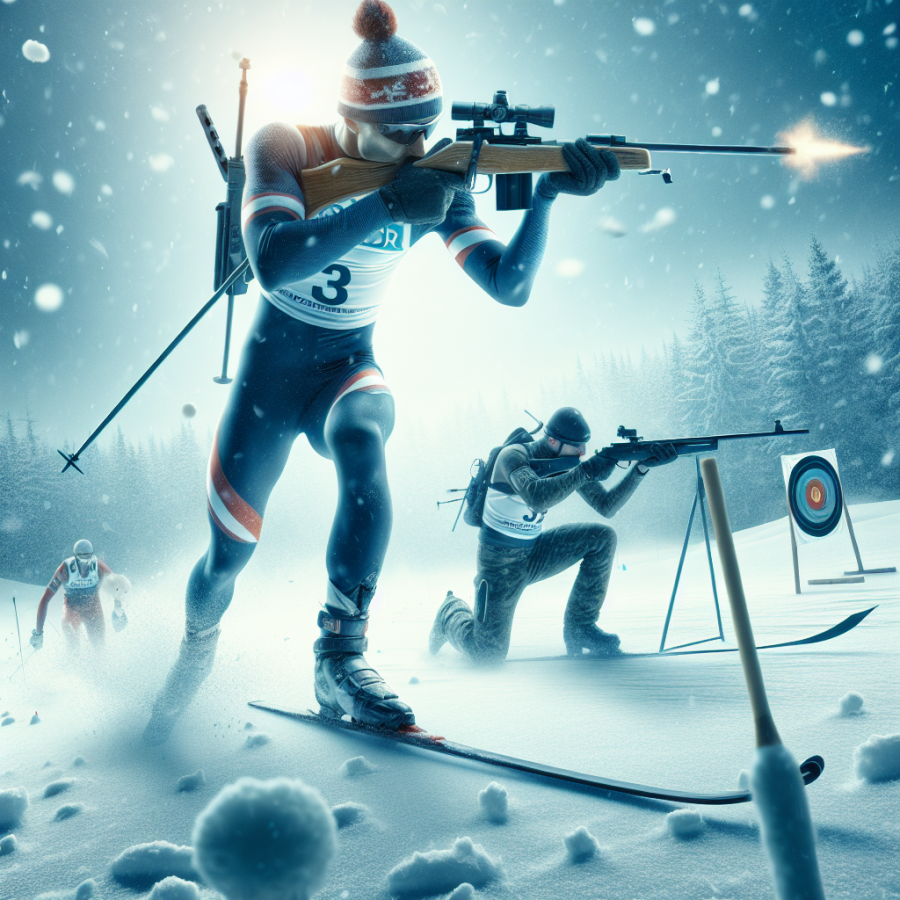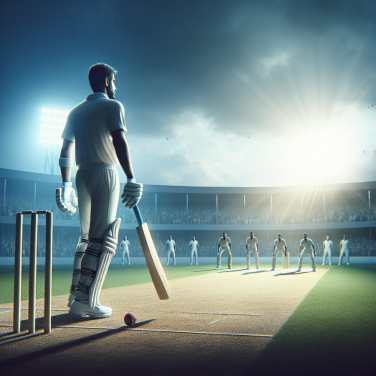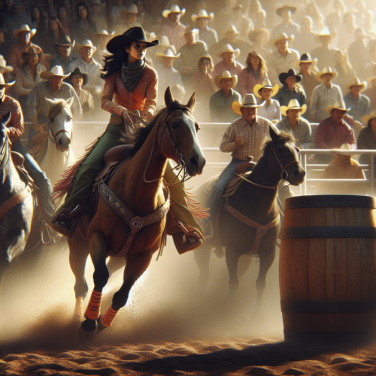Embracing the Intensity: An In-depth Look at the Biathlon Sport
The biathlon is a unique winter sport that has captivated audiences for many years. It’s unique nature lies in its union of two very contradictory disciplines - cross-country skiing and rifle shooting. The sport is about balancing between extremes – endurance, speed and precision – all in a challenging winter environment.
One of the distinctive aspects of the Biathlon sport is its demand for physical intensity. In the cross-country skiing portion, athletes race through a graded course, straining every muscle and consuming vast amounts of oxygen. The length of the course varies, with individual and sprint races being 10 and 7.5km respectively for men, and 15 and 7.5km for women. The fact that the athletes not only need to negotiate the ski course at high speed, but also hit five targets with a small-calibre rifle, elevates Biathlon above other athletic challenges
The skiing part of the biathlon requires not only speed but also stamina. The average biathlon race takes about 30 to 40 minutes, which engages the skier's aerobic system. This section of the sport emphasizes endurance and cardiovascular strength, which only comes with intensive preparations and training. The combined demands of speed and stamina mean that athletes must maintain a high level of fitness and athleticism, making it one of the most physically demanding of all winter sports.
On the other end of the spectrum, the shooting segment of the biathlon represents a paradoxical pause amidst the intensity. Once the athletes reach the shooting range, they must transition from the high-exertion skiing section to a slower, calmer, and highly focused task. The rhythmic, pounding heart must be calmed, breathing stabilized, and the focus shifted from the trail to the small black targets 50m away.
The shooting ranges are not a time for athletes to rest. It may seem so to the uninformed observer, but this is arguably the most critical part of the biathlon. Here, precision is key. Athletes are tasked with hitting five targets, and for every target missed, a penalty is imposed. In sprint races, each miss results in a 150m penalty loop which adds significantly to the total race time. In the individual races, a one-minute penalty is added to the overall time for each missed shot. This makes shooting a very high-stakes challenge, requiring extreme focus and precision under pressure.
The shooting stance also varies - either standing or prone (lying down).
Read also:
Understanding the Global Appeal: Why Soccer is the World's Most Popular Sport
Overcoming Hurdles: The Intricate Challenges in the World of Biathlon
Biathlon, a defining event in the Winter Olympics, routinely demands incredible levels of endurance, precision, and resilience from athletes. The unpredictability and varying conditions in the sport reveal several intricate challenges that only the best managed to overcome.
One of the foremost challenges faced by biathletes relates to enduring harsh climates. Whether it's sub-zero temperatures, piercing winds, or surprising snowfalls, athletes must adapt and negotiate their way through the varying weather conditions. This not only makes the race physically exhausting but also poses threats to their health. For instance, maintaining good ski traction and glide in plummeting temperatures becomes exceedingly difficult. Additionally, finger dexterity, essential for shooting accurately, can be compromised due to numbness caused by cold weather.
In addition to weather conditions, the unique combination of cross-country skiing and rifle shooting in biathlon place immense physical and mental demands on the athletes. The tremendous physical exertion of skiing usually leads to increased heart rates and heavy breathing. However, when athletes arrive at the shooting range, they must quickly calm their breathing, lower their heart rate, and stabilize their bodies for precision shooting. Swinging between these two states creates a challenging dynamic that is hard to master even for the most seasoned athletes. The ability to effortlessly transition between high-intensity skiing and focused shooting is a critical factor separating the average from elite biathletes.
Shooting accuracy is another key challenge. Despite fatigue from skiing, biathletes must maintain a high level of shooting accuracy. A missed target generally results in a penalty loop or added time, significantly impacting the race's outcome. Additionally, shooting efficiently under pressure and fatigue is also a skill, which tests an athlete's mental strength.
The course layout and elevation changes also present unique hurdles. Biathlon courses are often in hilly regions with drastic elevation changes. Conquering steep ascents rapidly drains energy, while rapid descents test the athlete's balance and control. The changing terrain raises the bar for physical strength, technical skills, and strategic planning, which all play pivotal roles in a successful biathlon race.
Besides physical and environmental challenges, biathletes must also grapple with the fickleness of equipment. All of their equipment pieces - including the skis, bindings, ski poles, boots and rifles - need to perform optimally during the entire race. Just one equipment problem can change the outcome dramatically, either slowing the athlete down or causing them to withdraw from the competition.




